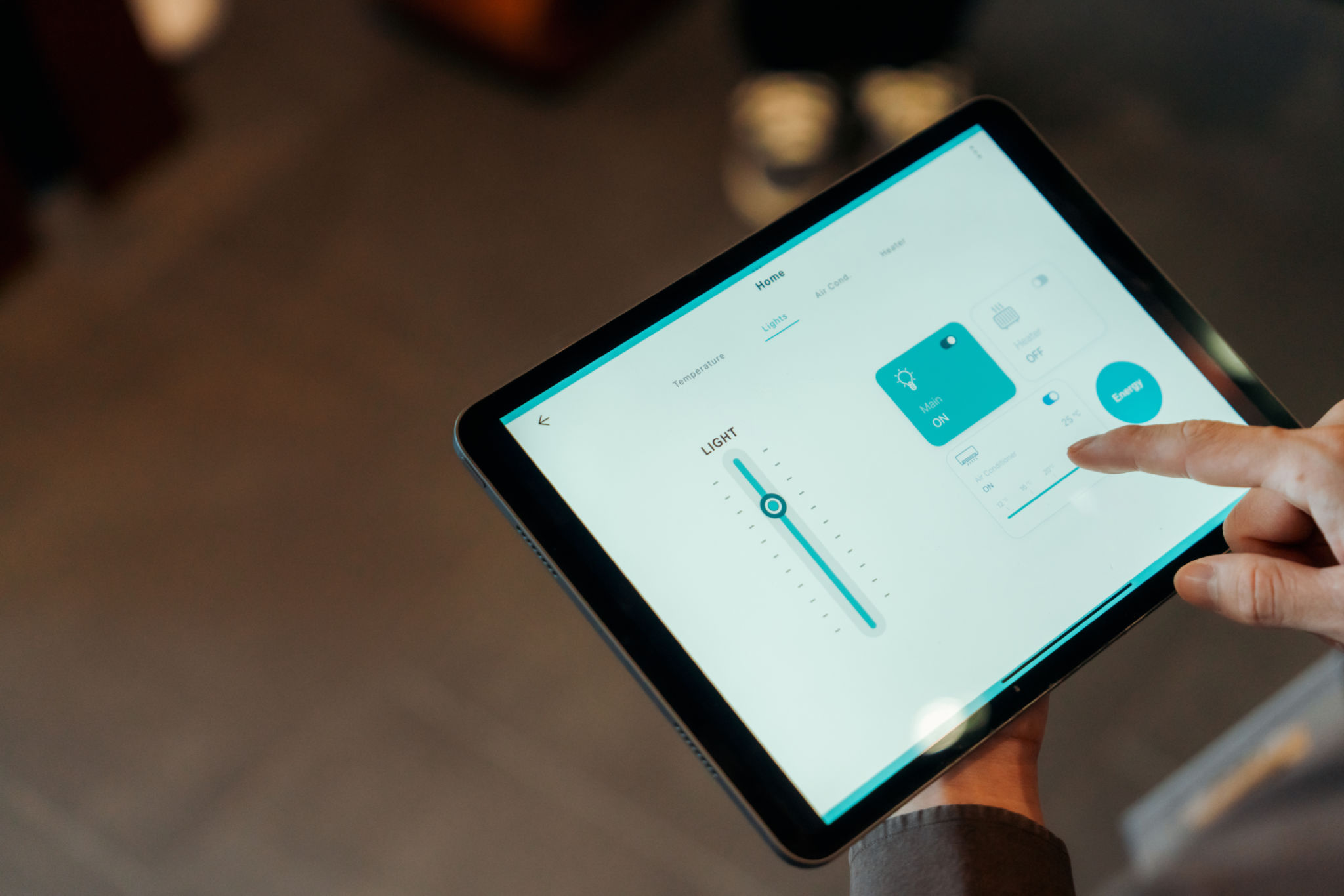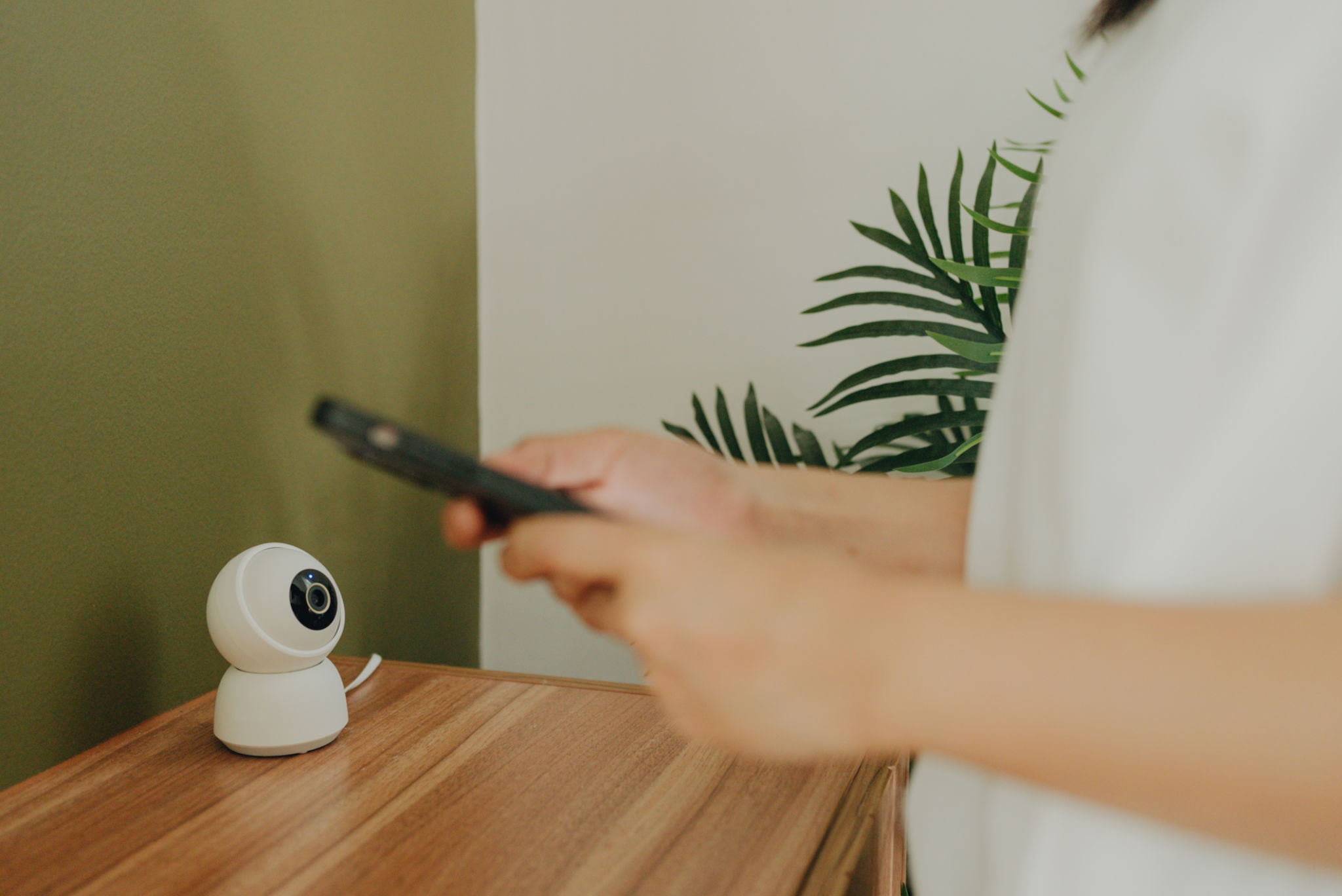DIY Smart Home Automation: Tips for Beginners in the UK
Introduction to DIY Smart Home Automation
Creating a smart home may seem like a daunting task, especially for beginners. However, with the right guidance and tools, you can transform your home into a tech-savvy space that offers convenience, security, and efficiency. This guide is tailored for those in the UK looking to embark on their DIY smart home journey.
Smart home automation involves integrating various devices and systems that you can control remotely or automatically. By starting small, you can gradually expand your setup to suit your needs and preferences.

Choosing the Right Smart Home Platform
Before diving into device purchases, it’s essential to select a smart home platform that suits your lifestyle. Popular platforms include Amazon Alexa, Google Home, and Apple HomeKit. Each offers a unique set of features, so consider compatibility with existing devices and your preferred voice assistant.
When choosing a platform, pay attention to the types of devices it supports. For instance, if you plan to use smart lighting, ensure the bulbs or switches are compatible with your chosen system.

Device Compatibility and Integration
One of the most critical aspects of smart home automation is ensuring device compatibility. Look for devices that are labeled as "Works with" your platform of choice. This will ensure seamless integration and reduce potential setup headaches.
It’s also advisable to opt for devices that support multiple platforms, offering more flexibility if you decide to switch systems in the future.
Getting Started with Essential Devices
As a beginner, it’s best to start with a few essential devices that offer immediate benefits. Consider these key areas:
- Smart Lighting: Replace standard bulbs with smart bulbs or install smart switches for remote control and scheduling.
- Smart Plugs: Automate appliances and control them remotely using your smartphone.
- Smart Thermostats: Optimize energy usage and maintain comfortable temperatures with minimal effort.

Installation and Setup Tips
Installing smart devices can be straightforward, especially with the wealth of online tutorials available. Here are some tips to ensure a smooth setup:
- Read the instruction manuals carefully before starting the installation.
- Utilize online resources, such as video guides, for step-by-step assistance.
- Ensure your Wi-Fi network is secure and has a strong signal throughout your home.
Expanding Your Smart Home Ecosystem
Once you’ve established a basic setup, you can start expanding your smart home ecosystem. Consider adding devices such as smart security cameras, doorbells, and sensors to enhance home security.
You might also explore smart speakers for multi-room audio or smart blinds for automated light control. The possibilities are vast, allowing you to tailor your smart home to your specific needs.

Maintaining and Updating Your System
Regular maintenance is crucial to ensure your smart home runs efficiently. Keep an eye out for firmware updates for your devices, as these can improve functionality and security.
Additionally, periodically review your setup to identify areas for improvement or expansion. As technology evolves, new devices and features become available, offering opportunities to enhance your smart home experience.
